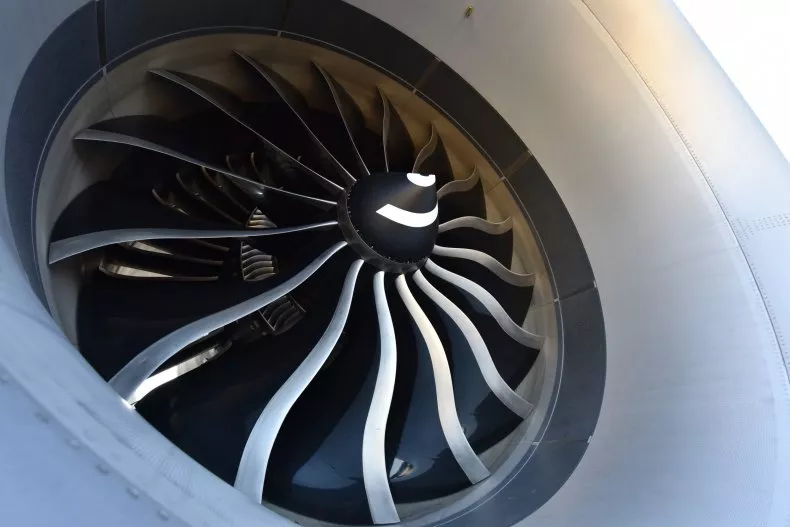Researchers at Chalmers University have developed a mechanism that stores hydrogen at extremely cold temperatures without impacting engine heat, potentially revolutionizing short-haul air travel. The new generation of planes could fly journeys of up to 750 miles without needing to refuel. The researchers believe their new framework for sustainable travel could meet the needs of 97% of all intra-Nordic flight routes by 2045.
The first commercial hydrogen flights in Sweden could depart as early as 2028, with the first commercial hydrogen flights in Sweden expected to be in the air by 2028. Low-carbon produced hydrogen’s implementation into aviation would mark a useful step in reducing the carbon footprint of the industry. Between 1990 and 2019, the amount of carbon dioxide produced by air travel doubled from 0.5 billion to 1 billion tonnes.
Aircraft manufacturers will continue to use present-day turbofan engines despite the change in fuel, making the transition to cleaner energy smoother and at a lower cost. However, new technologies, like advanced heat exchangers, need to be developed to make hydrogen more efficient. Conventional turbofan engines are designed to use kerosene, which is stored at ambient temperatures and combusted at high temperatures. Hydrogen must be stored in liquid form, supercooled around -418°F (-250°C), to maintain lightweight fuel systems.
The team developed a patent-pending new kind of exchanger, patent pending by partner GKN Aerospace, which uses hydrogen’s low storage temperature to cool engine parts and utilizes waste heat from exhaust gases to preheat the fuel before combustion. A higher efficiency heat exchanger provides better flight range for each sustainable aircraft.
Despite challenges in advancing this technology, the team is on fertile ground, operating on a budget of SEK 162 million ($15.5 million). Sweden is the second most energy-efficient country in Europe and one of the world’s biggest consumers of hydropower. Governments, universities, and business partnerships are working together to push for significant investment and infrastructure across the country.
In the future, a mix of electricity-powered aircraft, less environmentally harmful e-jet fuel, and hydrogen-powered aircraft will likely be needed, but every aircraft powered by hydrogen from renewable energy reduces carbon dioxide emissions.
